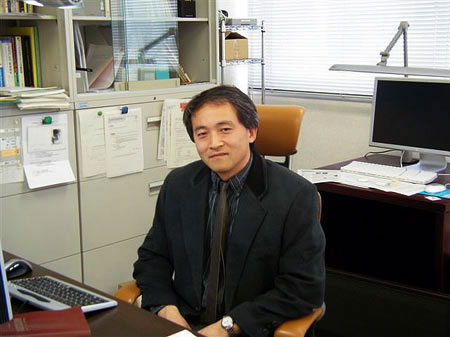About fifteen years ago, I heard a physicist lecture on neural circuit modeling in memory formation. It was my first foray into the world of brain research. I've since forgotten the lecturer's name, but the ideas shared about attractors in dynamical systems that enable memory recall and the complex processes of synapse formation that encodes memories. While the lecture seemed ill-prepared, it has had the biggest impact on my life: it showed me how physics, my major, might help reveal how the most complicated and sophisticated information processes are possible in the human brain.
Nevertheless, if I probe my mind more deeply, it is likely that my awareness and interest in brain began my earlier. Most children become aware of death around the time they enter elementary school that kindles an interest in life and self-hood. I remember worrying every night in bed about why I was me and not someone else and how it is that I recognize me in myself. As my life became more involved in high school and tennis, these worries went away. (By the way, I was so absorbed with tennis in high school that I have no interest in playing at all now.)
While I cannot point to any direct influence from my past, I am currently interested in the neural mechanism of time recognition. Perception studies now dominate the investigation of consciousness, however, I think that the subjective experience of time (that is when you are sure that only ten minutes have passed but an hour has passed) may reveal something about how consciousness develops in the brain.
A more straightforward interest for me is how neurons encode information. In brain slices, neurons can elicit regular spike responses, but extremely irregular spike sequences can be elicited in the brains of living animals. Moreover, these neuronal spikes often cannot be reproduced, even when the same animal repeats the same characteristic behavior. In addition to irregular spiking activity, others experiments observed synchronous firing of multiple neurons. Therefore, I am interested in how information is expressed by neurons. At present, I am trying identify the kinds of computations executed within a local neural circuit in a six-layered cerebral cortex and determine how they interact. I believe that knowing this is essential for understanding the advanced, flexible computations of the brain.
To understand complex information processing in the brain, approaches from biology, mathematics, physics and psychology need to be integrated. Such interdisciplinary work at RIKEN BSI is also a significant asset for the institute. I look to biology for the physical and elementary properties of the brain and mathematics for a mathematical structure of information processing in the brain. Incorporating these concepts, I want to determine the neural mechanism that links them so a way to reproduce that parallel processing activity in machines becomes possible. Multiple executable combinations would be possible. The brain has an extremely sophisticated mechanism for computation that enables flexible information processing far beyond the capabilities of any existing computer. I want to find this mechanism.

At the lab.





